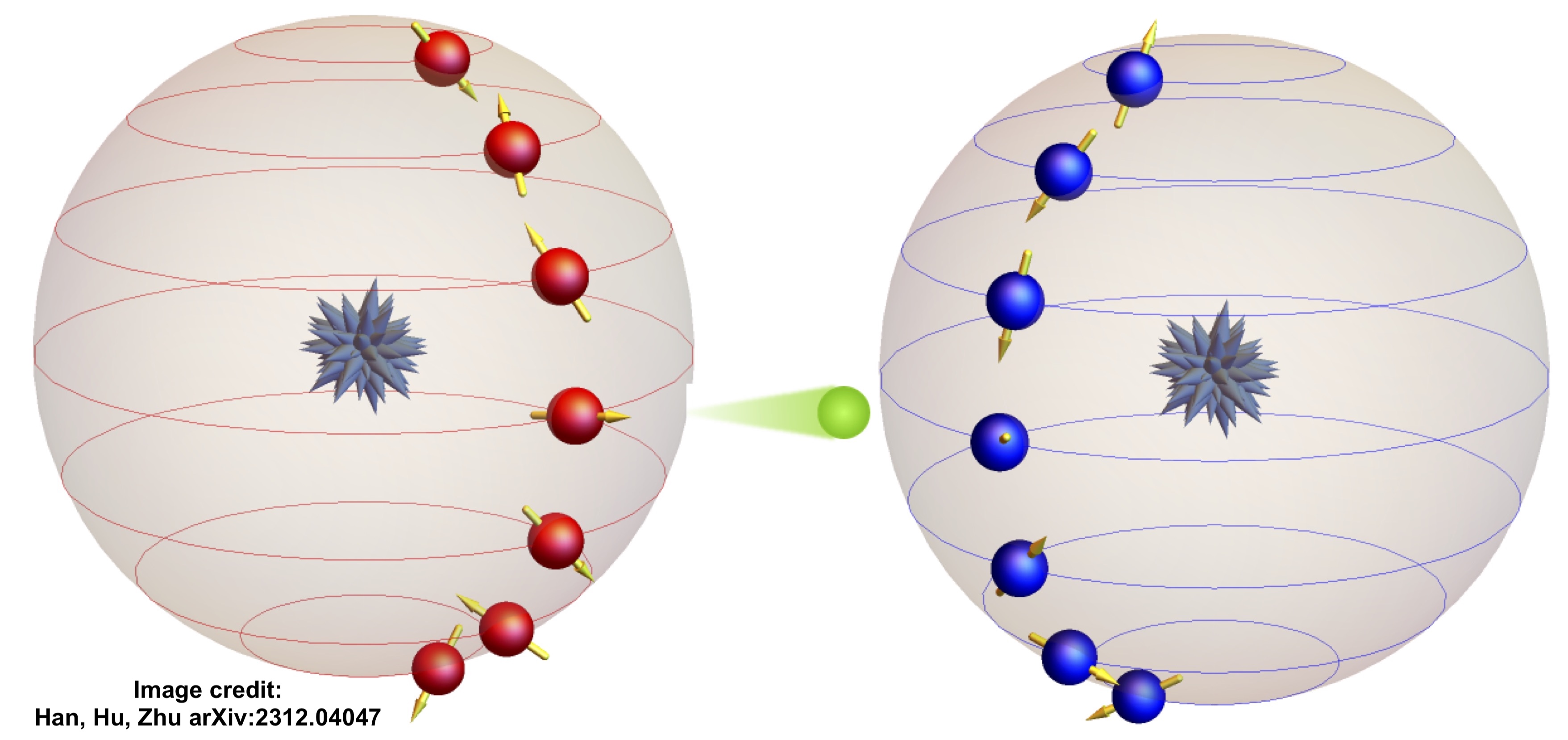Fuzzy Sphere Meets Conformal Bootstrap 2025
Centre de conférences Marilyn et James Simons
Le Bois-Marie
Fuzzy Sphere Meets Conformal Bootstrap 2025


Since 2023, the fuzzy sphere regulator has become a valuable tool in analyzing 2+1D (quantum) phases transitions and comparing with CFT. After the first edition of the "Fuzzy Sphere Meets Conformal Bootstrap" workshop at the SCGP, Stony Brook (link to https://scgp.stonybrook.edu/archives/41863), this second meeting will bring together condensed matter and high energy physicists working on numerical methods, conformal field theory, and related areas.
For its second edition, the Fuzzy Sphere Meets Conformal Bootstrap workshop, organized by Emilie Huffman (Perimeter Institute), Slava Rychkov (IHES), Yin-Chen He (YITP, Stony Brook University), Liam Fitzpatrick (Boston University) will take place on June 2-6, 2025.
This workshop is supported by the Simons Collaboration on the Non-Perturbative Bootstrap
